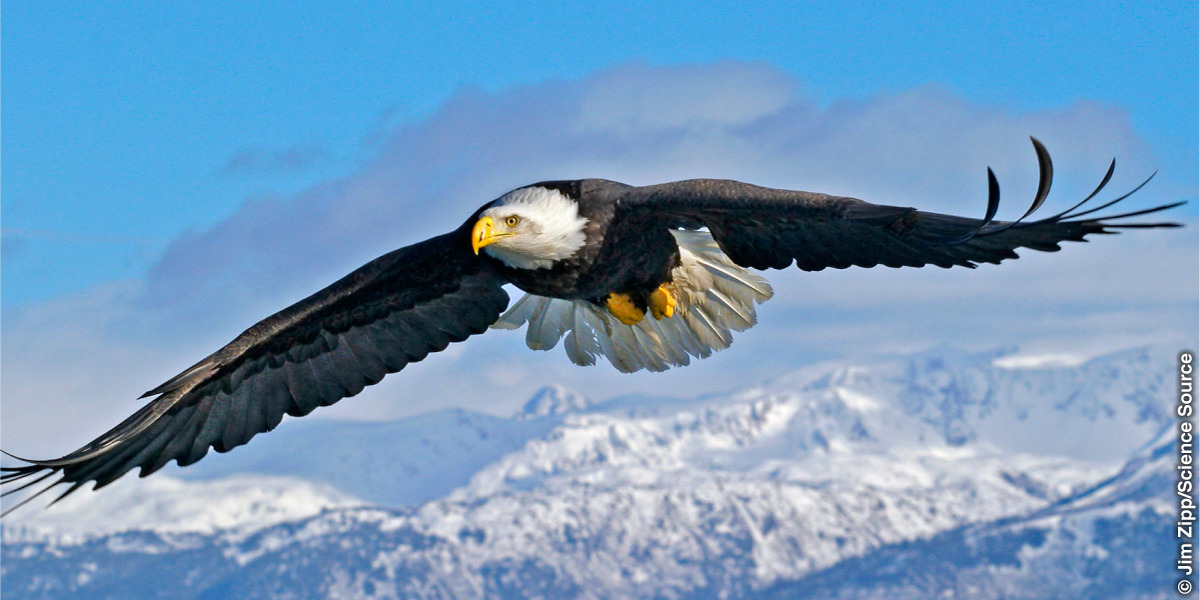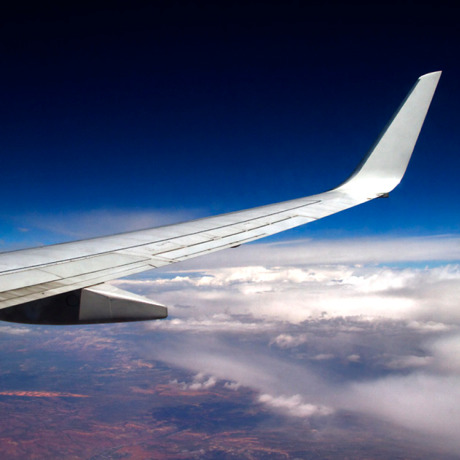I occasionally get asked how I come up with an idea for a surprise ball.
The idea for my newest surprise ball came to me after reading a very interesting article about eagles (in particular, how it flies). My mind tends to wander when I read - imagining the scenery, the appearance, sounds and smells in the story and of its characters.
And then my mind makes a total u-turn and I start thinking of semi-related things. Like how in the heck did they install that Eagle Cam in DC without the eagles knowing!? I wonder how much that massive nest weighs!? How big is eagle poop? And then finally, I wonder if I could make a bird's nest surprise ball?....
So with that, new to the Watermelon Party shop, here is a Bird's Nest Surprise Ball.
Tucked into it's crepe paper foundation are real twigs, moss and other natural findings. The bird and its eggs are made of plastic with paper and real feathers.
And in case you were wondering, here is the article that started the idea:
The Upturned Wing Tip of Soaring Birds

A JET plane in flight creates rapidly spiraling swirls of air at the tips of its wings. These vortices cause drag, increasing fuel consumption. They also buffet planes that may be following closely. Thus, flights departing from the same runway must be sufficiently spaced to allow time for the vortices to dissipate.
Airplane engineers have discovered a way to reduce these problems. Their solution? Winglets, inspired by the upturned wing-tip feathers of soaring birds, such as buzzards, eagles, and storks.
Consider: During flight, the feathers on the wing tips of those large birds bend upward until they are almost vertical. This configuration balances maximum lift with minimum wing length. It also improves performance. Engineers have designed airplane wings with a similar shape. Using innovative wind-tunnel testing, they found that if the modified wings were precisely curved at the tip and properly aligned with the airflow, they improved aircraft performance—nowadays by up to 10 percent or more. The reason? Winglets minimize drag by reducing the size of the vortices. Moreover, winglets also create a form of thrust that “counteracts some of the normal drag of the airplane,” says the Encyclopedia of Flight.
Winglets thus enable airplanes to fly farther, carry a greater load, have shorter wings—which also facilitates parking—and save fuel. In 2010, for example, airlines “saved 2 billion gallons [7,600 million L] of jet fuel worldwide” and contributed to large reductions in aircraft emissions, says a NASA news release.
What do you think? Did the upturned wing tip of soaring birds come about by evolution? Or was it designed?
AWAKE! FEBRUARY 2015





